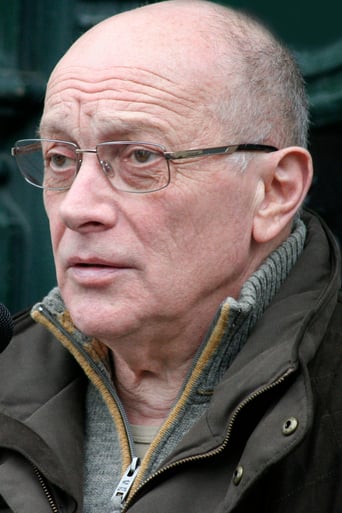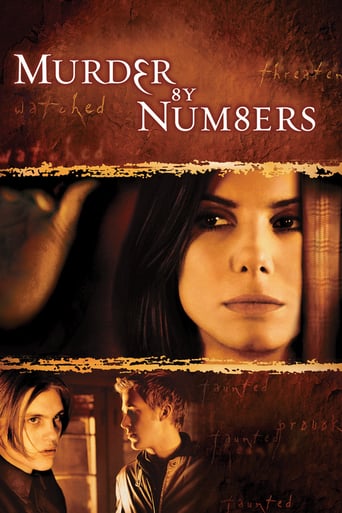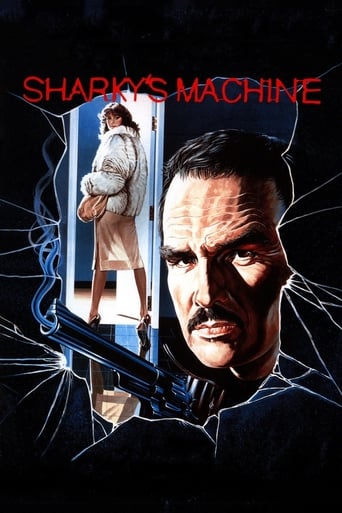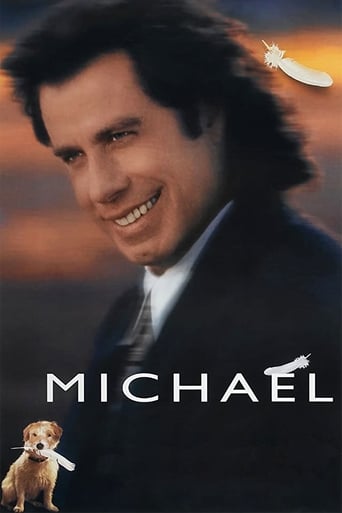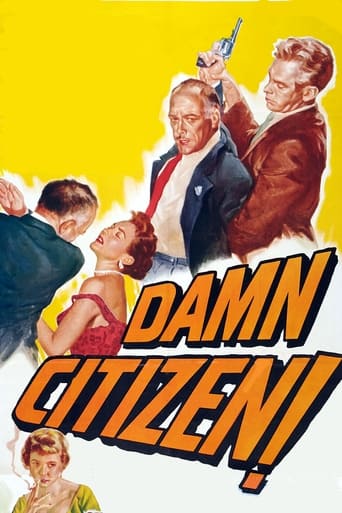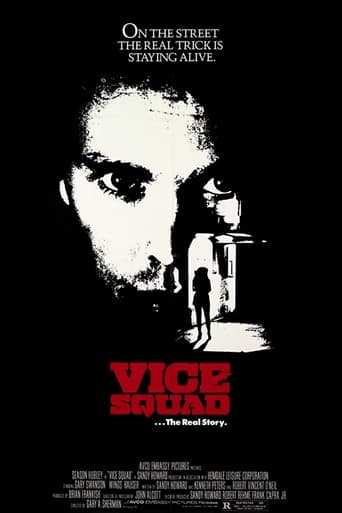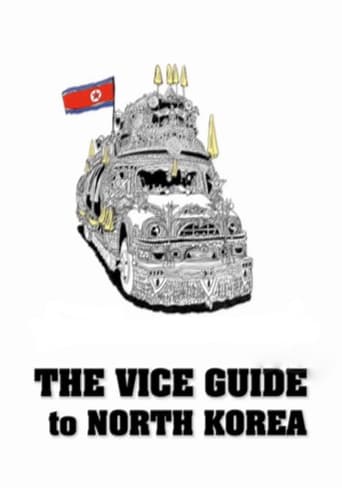
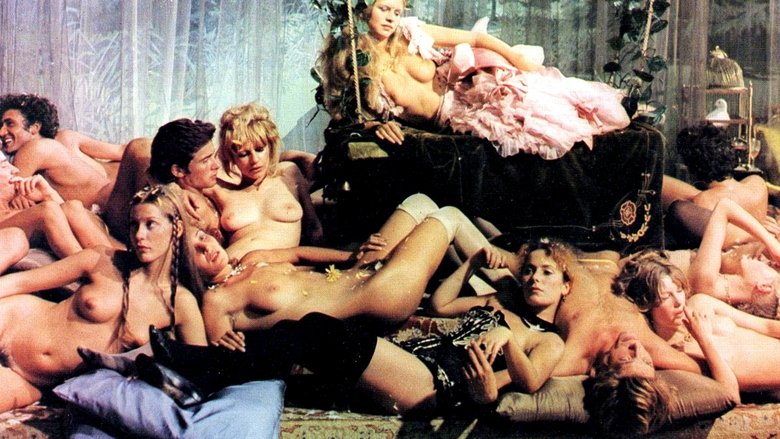
Private Vices, Public Virtues (1976)
The setting is a Central European kingdom, near the turn of the century. Bored by his very proper wife, the youthful heir to the throne spends his time in amorous dalliances at a sprawling country estate. His wife departs at the arrival of his friends, and they organize a celebration which becomes a wild orgy and culminates in death and tragedy.
Watch Trailer
Cast
Similar titles
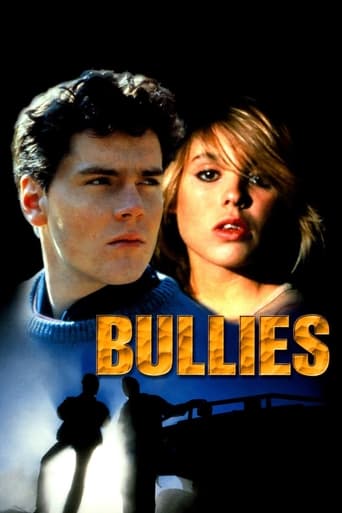
Reviews
Too much of everything
One of my all time favorites.
Absolutely Brilliant!
When a movie has you begging for it to end not even half way through it's pure crap. We've all seen this movie and this characters millions of times, nothing new in it. Don't waste your time.
A very sexually explicit art film made by the Hungarian Jancso in Italy. Crown Prince Rudolf is about to ascend to the throne when his father abdicates. His father disapproves of his overly sexual lifestyle (he is married, but spends most of his time boinking an incestuous brother and sister couple). Rudolf embraces the depravity, hating his father. Much of the film takes place during a day-long orgy, which involves a hermaphrodite (Teresa Anne Savoy, who also starred in sexploitation classics Salon Kitty and Caligula; in reality, Savoy is a woman). This film doesn't contain the impressive long takes of the two other Jancso films I've seen since his death, The Red and the White and Electra My Love, but the cinematography is still very gorgeous. If nudity and sex don't bother you, this is actually quite a good film. The copy I saw was dubbed into English, but, since it's an Italian movie with an international cast, it would have been dubbed anyways.
Which makes it sound dull, but more on that later. Read the review by ArpadGabor to get some background information on the historical context of the movie. The motives are clear in the movie, but it shines a new light on some things I guess. One thing is for sure though: If people mistake this as pornography (as the reviewer also wrote), they are dead wrong.This is like a study of society. One sided (rich people) it may be, but it's still vaguely intriguing to see how boredom gets them and pushes them to do crazy things. Like the scene almost at the beginning in the hay, which coincidently is the only scene that actually could lead to the pornographic conclusion. We do have a lot of nudity though and the love making is diverse.Some people will be offended by that (especially because we're not only seeing "regular" couples/intercourse). This is by no means titillating or anything, but appalling? Maybe, depends on your threshold for such things.You also don't really know the background on most of the people on screen or their relationship towards each other. While this adds to the mystery it's also frustrating and not really satisfying (no pun intended). A little more background and a little more fleshed out characters would've gone a long way. As it is, it's a decent film, with a neat message
A single still of naked revelers taken from this film, which I found in one of my father’s old magazines, had long intrigued me and, having been recently bowled over by Jancso'’s THE ROUND UP (1965), I leapt at the chance of acquiring the utterly barebones Italian DVD edition of it (despite knowing nothing of the quality of the disc itself). Actually, being an Italian production after all, I had wrongly assumed that (as was the case with the director’s other three films shot over there) it would eventually be shown at some point on late night Italian TV; however, in hindsight, its total invisibility for all these years isn’t that surprising. In fact, if I were pressed to pigeon-hole the movie, I’d say that had Walerian Borowczyk ever directed a screenplay co-written by Federico Fellini and Pier Paolo Pasolini, the end result might well have looked something like this. Ever since debuting at Cannes, the film has provoked either outrage or outright dismissals as “pornography with pretensions”; amusingly, in his enjoyable “Stracult” tome, Italian critic Marco Giusti proudly admits to having watched it several times on first release despite its having been confiscated twice by the prudish authorities! Typically for Jancso', there is very little to relate plot-wise: as a matter of fact, this can be seen as simply an erotic fantasia on the infamous Mayerling affair in which the heir to the Austro-Hungarian empire, the Archduke Rudolph, carried out a suicide pact with his mistress. According to Jansco' and his regular Italian screenwriter Giovanna Gagliardo, however, the events were not so clear-cut. Although the film never strays from the Prince’s country estate, Jancso'’s realization of 19th Century Vienna is as visually sumptuous and technically elaborate as expected while the political subtexts as they relate to our modern age are equally important. Although this is the first film I’ve watched myself which dealt with this particular historical incident (there have been countless others over the years, with Anatole Litvak’s 1936, Max Ophuls’ 1940 and Terence Young’s 1968 versions being the best-known), it’s safe to assume that PRIVATE VICES AND PUBLIC VIRTUES is unlike any of them. For starters, most of the film’s running time is devoted to a marathon orgy to which the Archduke invites the younger generation of Austrian aristocrats to spite his father Emperor Franz-Joseph (a mask of whom is donned by several of the revelers). Apparently, a coup to overthrow the monarch had already failed and, consequently, the Archduke retired to his Mayerling estate to live a life of hedonistic abandon. Knowing full well that his family disapproved of his scandalous behavior, he further intends to shock the establishment by photographing the guests in flagrante and sending a copy out to his peers, thus exposing the veiled degeneracy of the ruling class. Ultimately, however, court officials present themselves at the gates of Mayerling to put a stop to the bacchanalian excesses… The three main protagonists of the film are the Archduke, his stepbrother and stepsister who, forming an inseparable and incestuous ménage-a'-trois, are soon joined by an equally libertarian hermaphrodite when a circus troupe stops by the mansion. Having disposed of his boringly proper wife early on, the Archduke falls in love with this newest addition to his inner circle. Left alone after the guests have been dispersed, apprehended or executed (off-screen), the four lovers are ominously shrouded in white sheets like corpses during their final open-air rendezvous: an oppressively melancholy mood makes itself felt towards the end, aided immeasurably by Francesco De Masi’s lovely mournful score. The officials, ostensibly there to put a stop to the offending proceedings and arrest the Archduke, mostly stand around befuddled not knowing how to cope with the extraordinary situation – but their ultimate reaction is swift and abrupt, leading to an inspired slow-motion finale depicting the royal funeral procession.Among the cast list, there were only three names that I recognized: the formidable Laura Betti (who as the loving nanny performs a handjob on her royal charge laying about in the hay!), Theresa Ann Savoy (she plays the crucial role of the hermaphrodite here and would later be equally central to Tinto Brass’ infamous CALIGULA [1979]) and Ilona Staller (adopting the evocative stage name of Cicciolina, she later became a highly popular porn star and, later still, an Italian MP – but, ironically, she is here wasted in the thanklessly chaste bit of the Archduke’s wife!). Although there is much full-frontal nudity involved, the only time it really approaches hardcore territory is the afore-mentioned scene with Betti – unless one wants to count the brief instances of bestiality when some of the guests decide to get it on with a few runaway turkeys!! Typically for Jancso', his characters resort to much communal dancing and game-playing – which is here joined by the improbably effective singing of English childhood ditties (including “Baa-Baa-Black Sheep”)! The sparse original music, then, has been mingled with classical pieces – notably Strauss’ “The Blue Danube” – and, appropriately enough, a handful of military marches.I suppose that, for the uninitiated, all of the above would seem pointlessly perverse and terminally tedious but, stylistically, the film was something of a new departure for Jancso': while the intermittently creative editing (with especially notable use of ellipses) and his trademark long sequence-shots are still in evidence, he reportedly utilized 343 shots here as opposed to the lowly two digit figures of earlier works. On the downside, the video presentation is a bit dodgy at first: an obviously unrestored print has been utilized for the transfer (albeit uncut, as proudly announced on the sleeve of the Italian R2 DVD) but is still acceptable enough for its velvety cinematography and extreme handsomeness to shine nonetheless; the layer change, however, is quite roughly handled (at least by the Pioneer model I watched it on).
This is a fascinating historical film, created by Miklos Jancso - a highly competent director, and it is sad that it has become regarded by some as an essentially erotic work dressed up in the trappings of a historical drama. I find it hard to understand how any viewer who watches it carefully can fail to recognise that the Director was not attempting to create an erotic drama for its own sake (this would have been much easier to do free of the constraints associated with the historical theme), but had what he felt was an important message to convey through his largely fictional story. Remember that the events portrayed in this film have had a major influence on the lives of most of us. The death of Crown Prince Rudolf and his mistress in 1889, was a fundamental link in the chain of events which led to the start of the war of 1914-18, and subsequently to the development of World War II. At the time, these deaths were officially attributed by the Hapsburg government to a suicide pact which followed their recognition that the couple would never be able to marry; but right from the start many commentators (both nationally and internationally) suggested that foul play was a more probable explanation. The full story was exceedingly complex and had more twists than most detective novels, but there can be no doubt that the Hapsburg authorities attempted to conceal many of these facts, adding fuel to speculations that the Emperor himself may have been involved in some sort of plot designed to end Rudolf's illicit liaison with his mistress, Baroness Maria Vetsera. This is the story line followed in the film which suggests that Rudolf was attempting to force Franz Joseph to abdicate by gaining the support of the Austrian society of the time for a more liberal social order; and that Franz Joseph either planned or condoned the assassination of the couple in order to avoid their licentious activities continuing to embarrass the Imperial Court. I believe it is intrinsically unlikely that Franz-Joseph would have ever contemplated the assassination of his son, the heir to the Hapsburg throne, however acutely he had been embarrassed by his behaviour. After more than six centuries of continuous rule by the same family, the Hapsburg dynasty was almost unique; and throughout Franz Joseph's long life devotion to the continuation of this dynasty had been the major driving force for most of his activities. He had little respect for his brothers son, through whom the succession would pass, and it is recorded that he never once spoke to the great nephew who was his eventual successor during the remaining 27 years of his rule. He must have been aware that his death would constitute a major crisis which the empire itself might not survive; and it is hard to believe that, whatever the provocation, he would deliberately have done anything to create such a crisis. There are at least two other more credible explanations for the assassination of Crown Prince Rudolf. Over the centuries the Hapsburg empire had expanded, more by marriage than by conquest, until it incorporated a vast array of diverse ethnic groups which became difficult to hold together after the Napoleonic wars released their tide of libertarianism and nationalism. One revolt in Hungary was suppressed, but the Empress persuaded her husband to make a very conciliatory settlement with the Hungarians in 1867 which effectively created what became known as the joint Austro-Hungarian Empire. Rudolf was also strongly supportive of Hungarian aspirations, and this antagonised many members of the Imperial old school. Some of them may well have decided to take steps to ensure that Rudolf would never succeed Franz-Joseph as Emperor. An alternative explanation for his death is supported by near deathbed testimony from Countess Zita, the wife of Emperor Karl, Franz Joseph's eventual successor who inherited the imperial throne in 1916, following the assassination of his uncle in Sarajevo in 1914 and the death of the old Emperor during the resulting world war. Empress Zita lived to the age of almost 90, dying in 1989 fourteen years after this film was produced. Before her death she recorded accounts of Hapsburg family conversations which suggested that Rudolf's death followed an approach from French authorities seeking to gain his support for an attempt to persuade Franz Joseph to abdicate so that Rudolph could introduce a more liberal regime which internationally would support the French rather than Germany. Rudolf had indignantly rejected this proposition and reported it to his father. His assassination at Meyerling followed - presumably by French agents or their Austrian sympathisers. Her account was largely ignored at the time it was first published, but three years after her death (and several years after this film was released)it was supported by late autopsies of the bodies of the two victims which showed that, contrary to the official accounts, Baroness Vetsera had not been shot but had been battered to death, and that Rudolf had fired six shots from his revolver before he died. It is interesting to speculate how this new information might have changed the message Jancso was attempting to pass on, if it had been available when the film was produced. We are now never likely to know what actually happened; but if, like me, you do not believe Franz Joseph was directly responsible for the death of his son, you can still enjoy this film and its message that the old order will eventually have to yield to the pressures created by a younger and more virile generation. It is an important film which should be made available as a DVD, but be aware that whilst the Rudolf of the film is just a libertine who is something of a caricature, the historical Crown Prince appears to have been a well travelled, cultivated individual with remarkably progressive views who was highly regarded by most of those that had anything to do with him.
